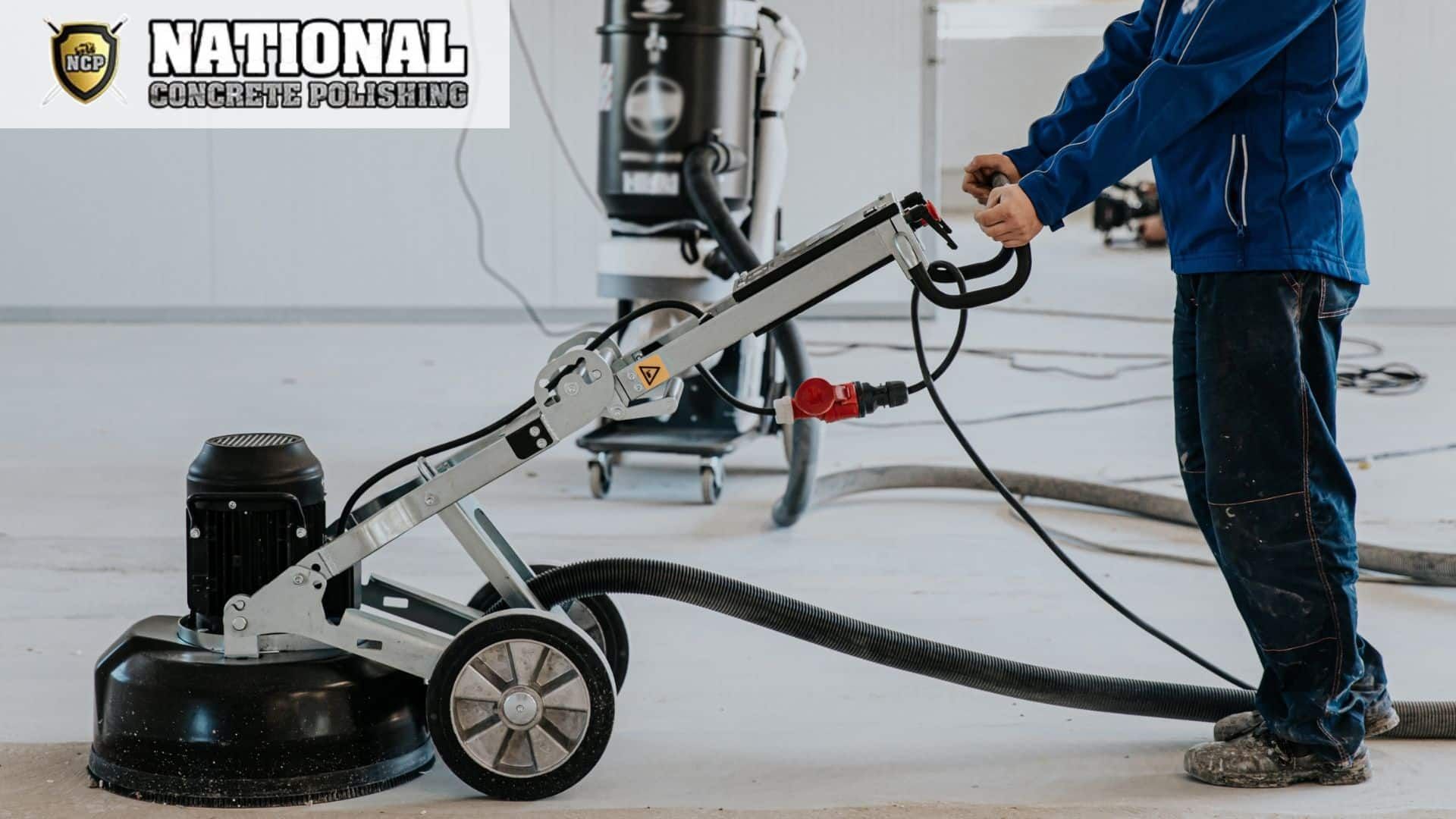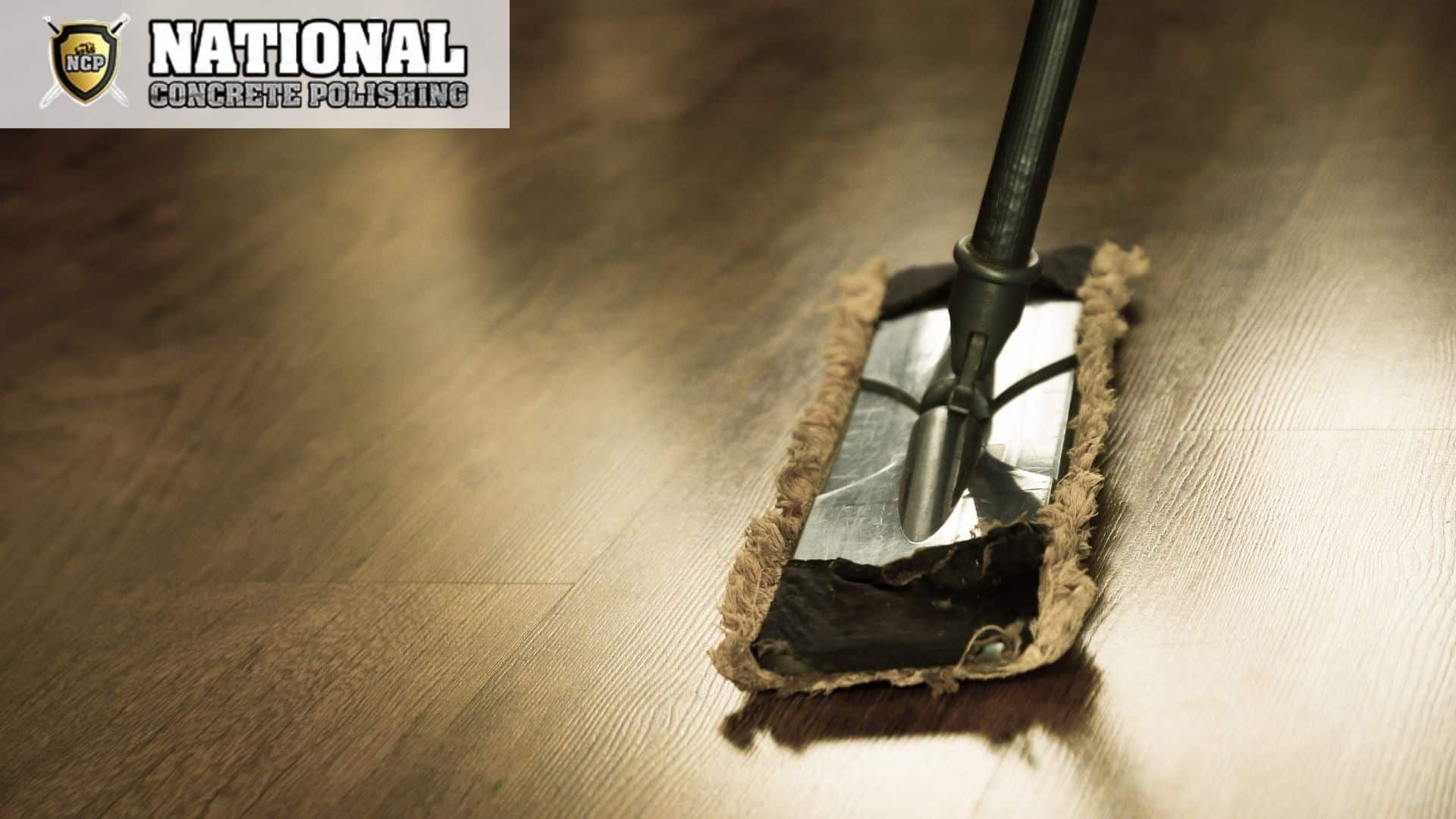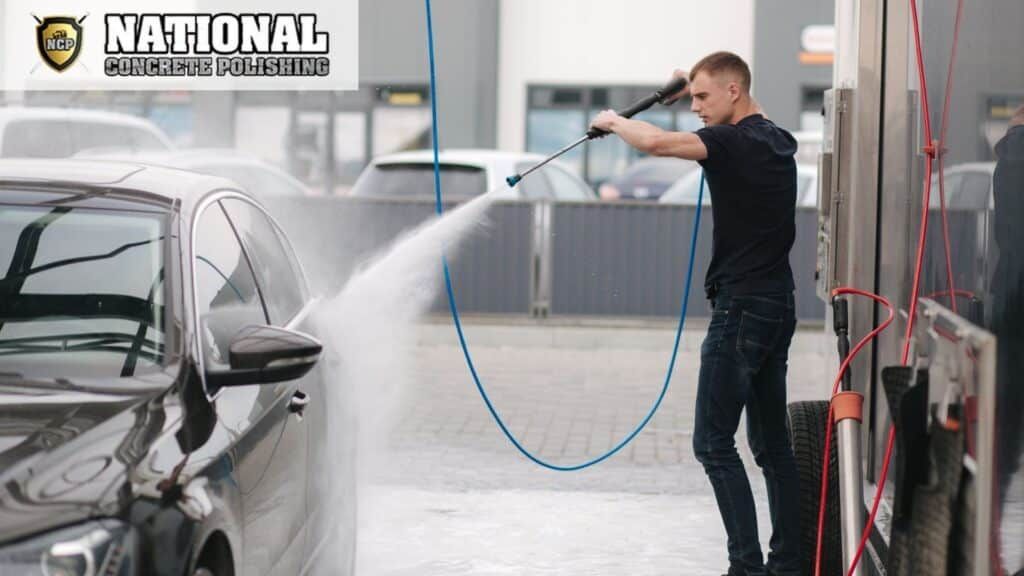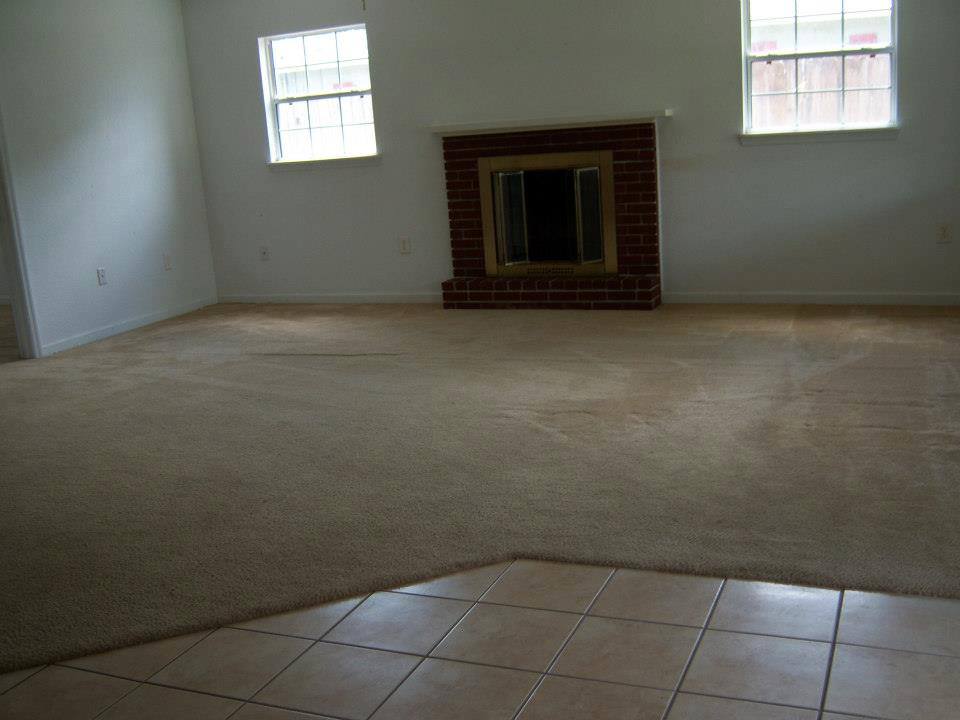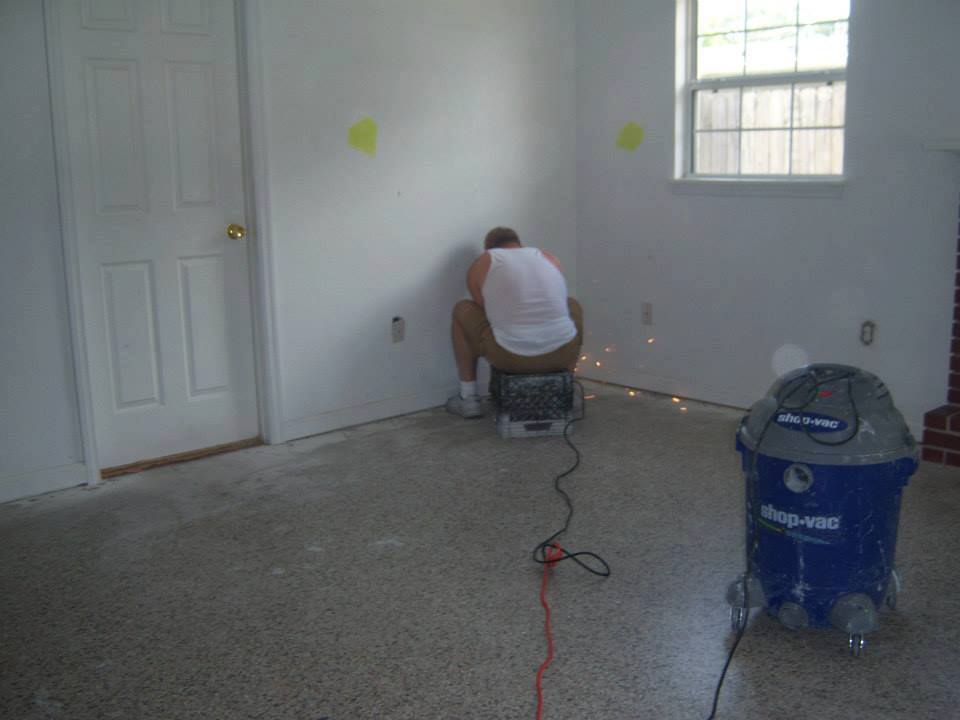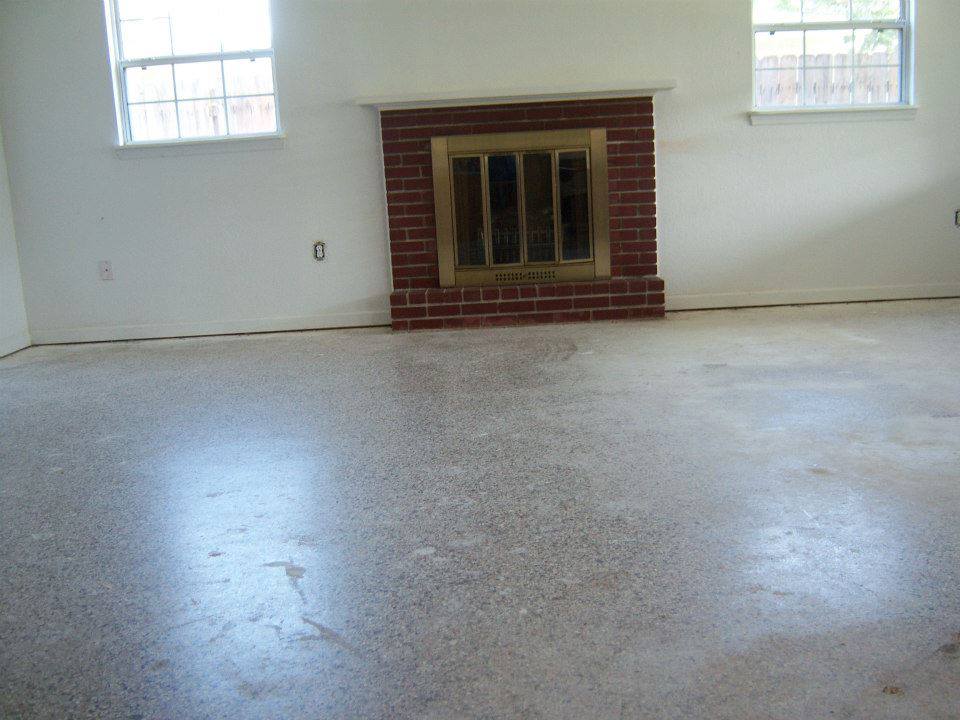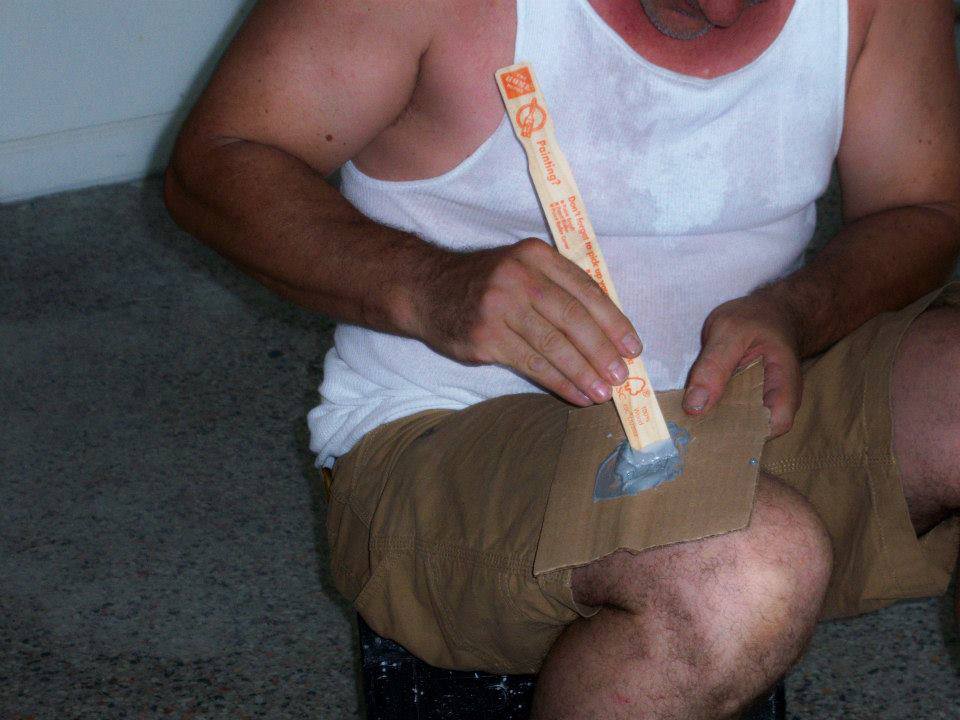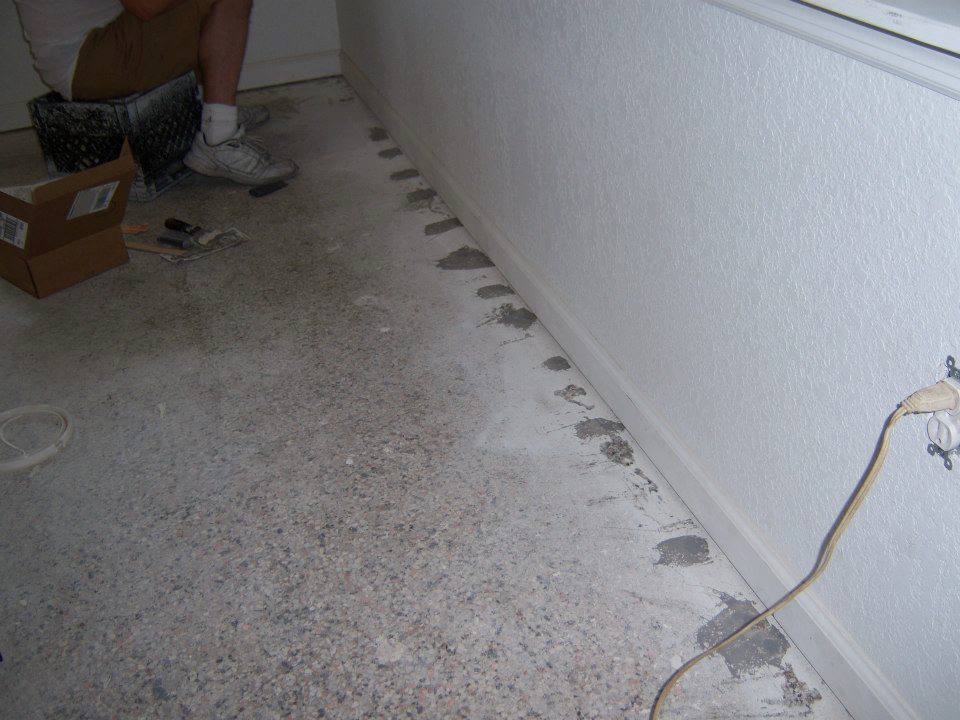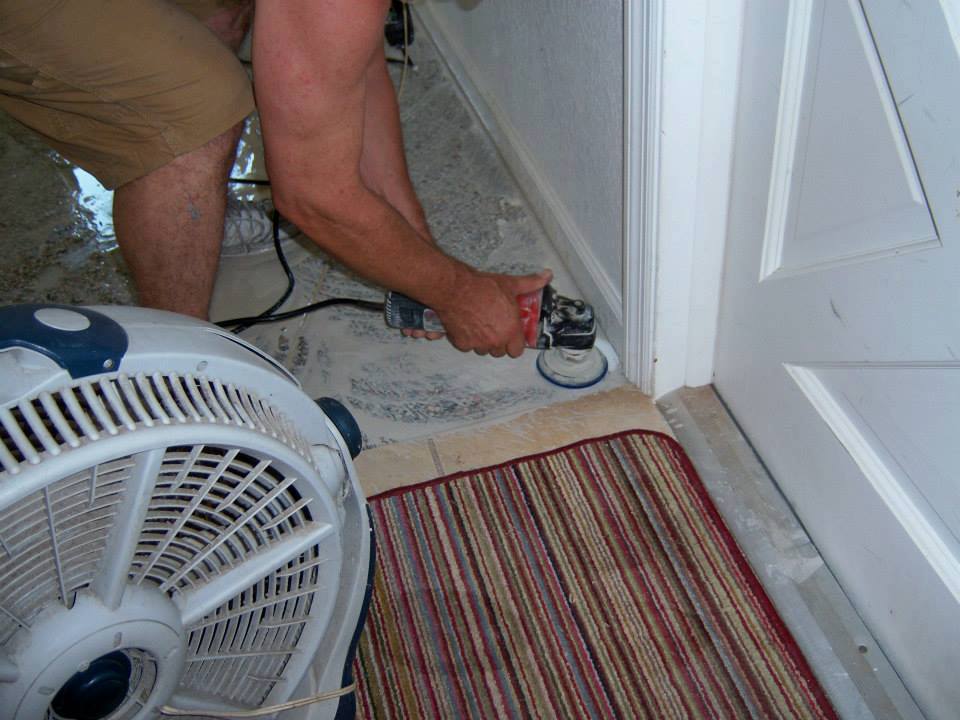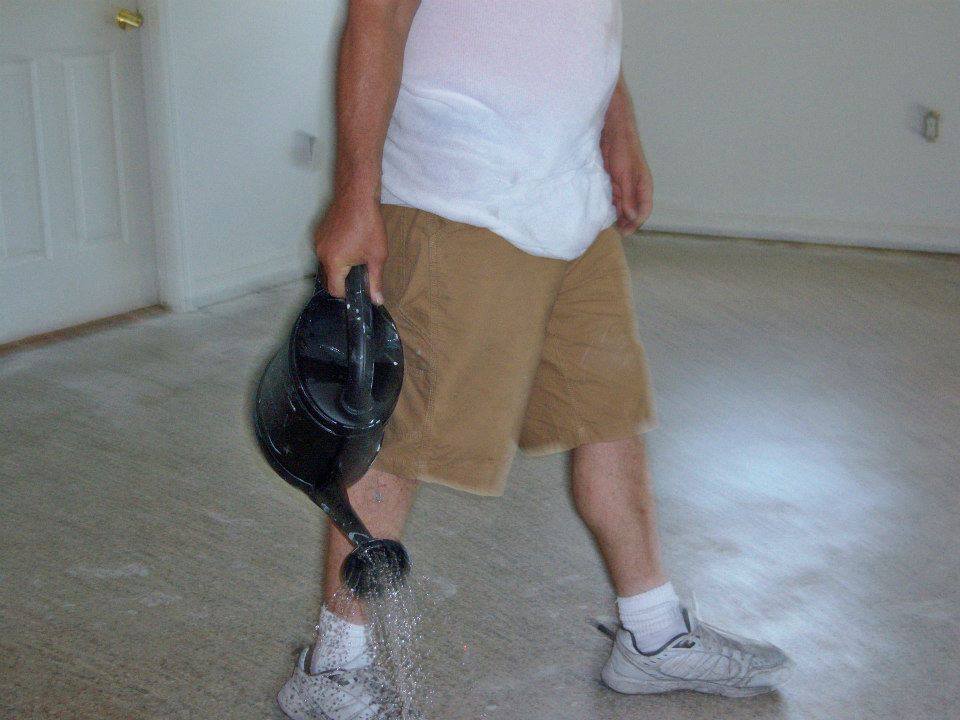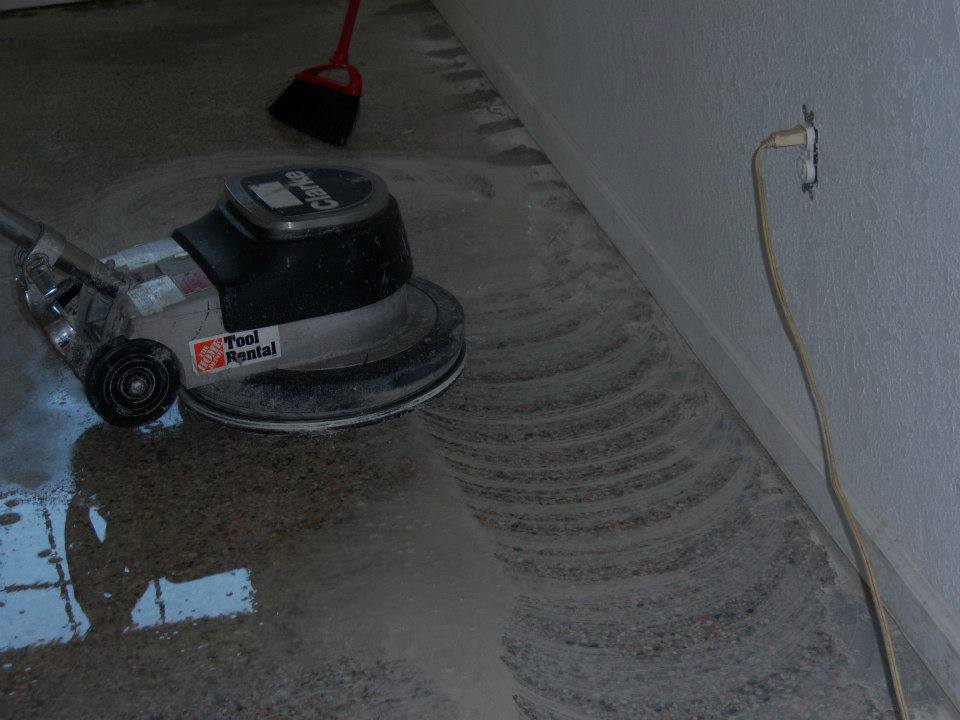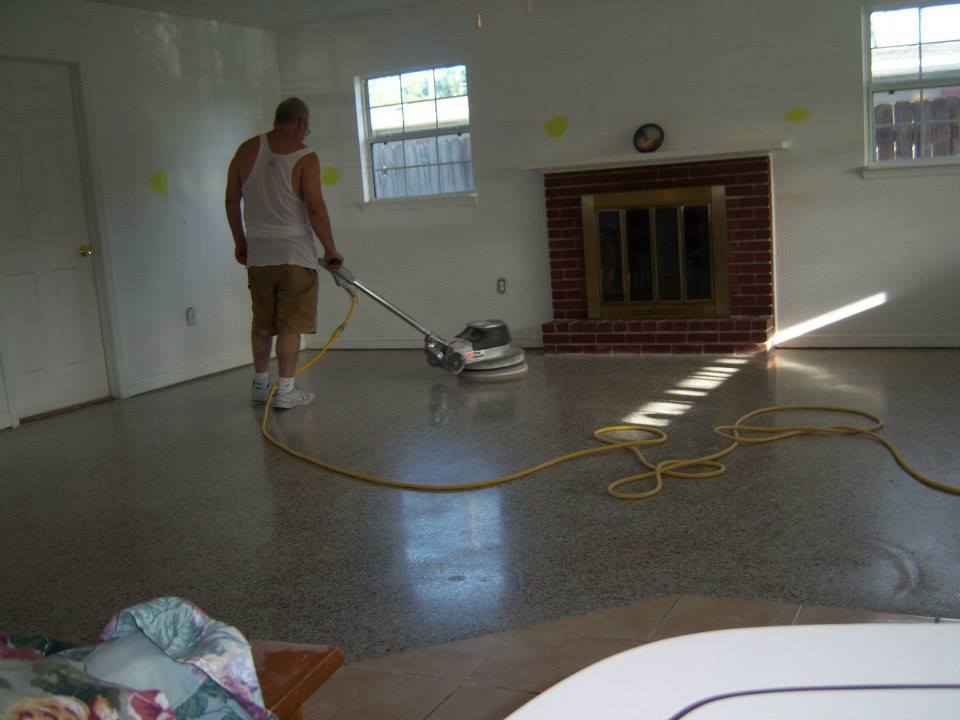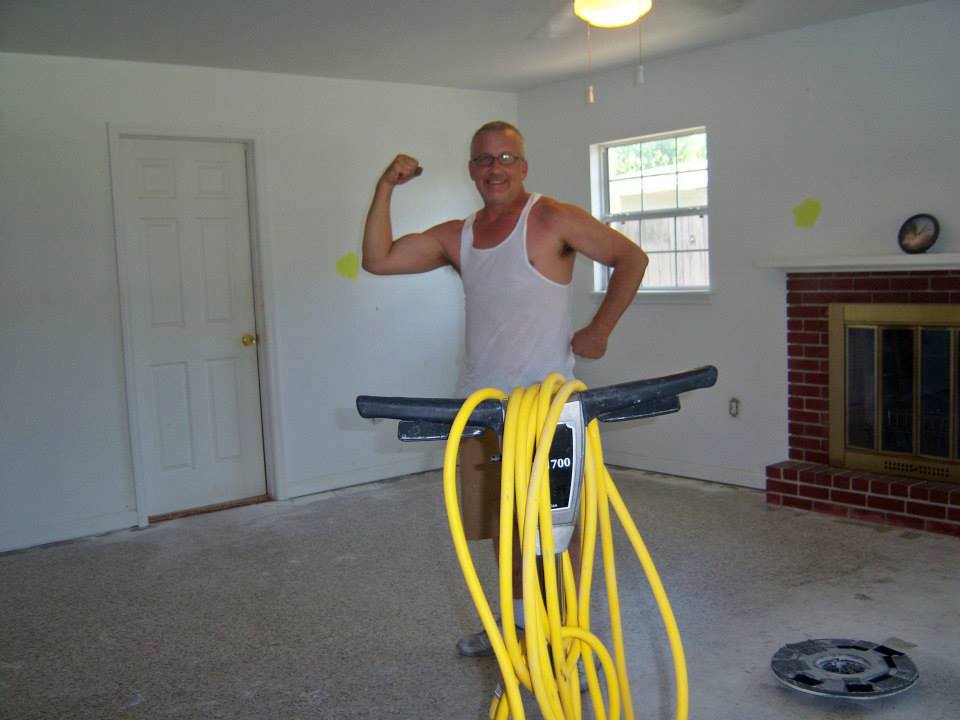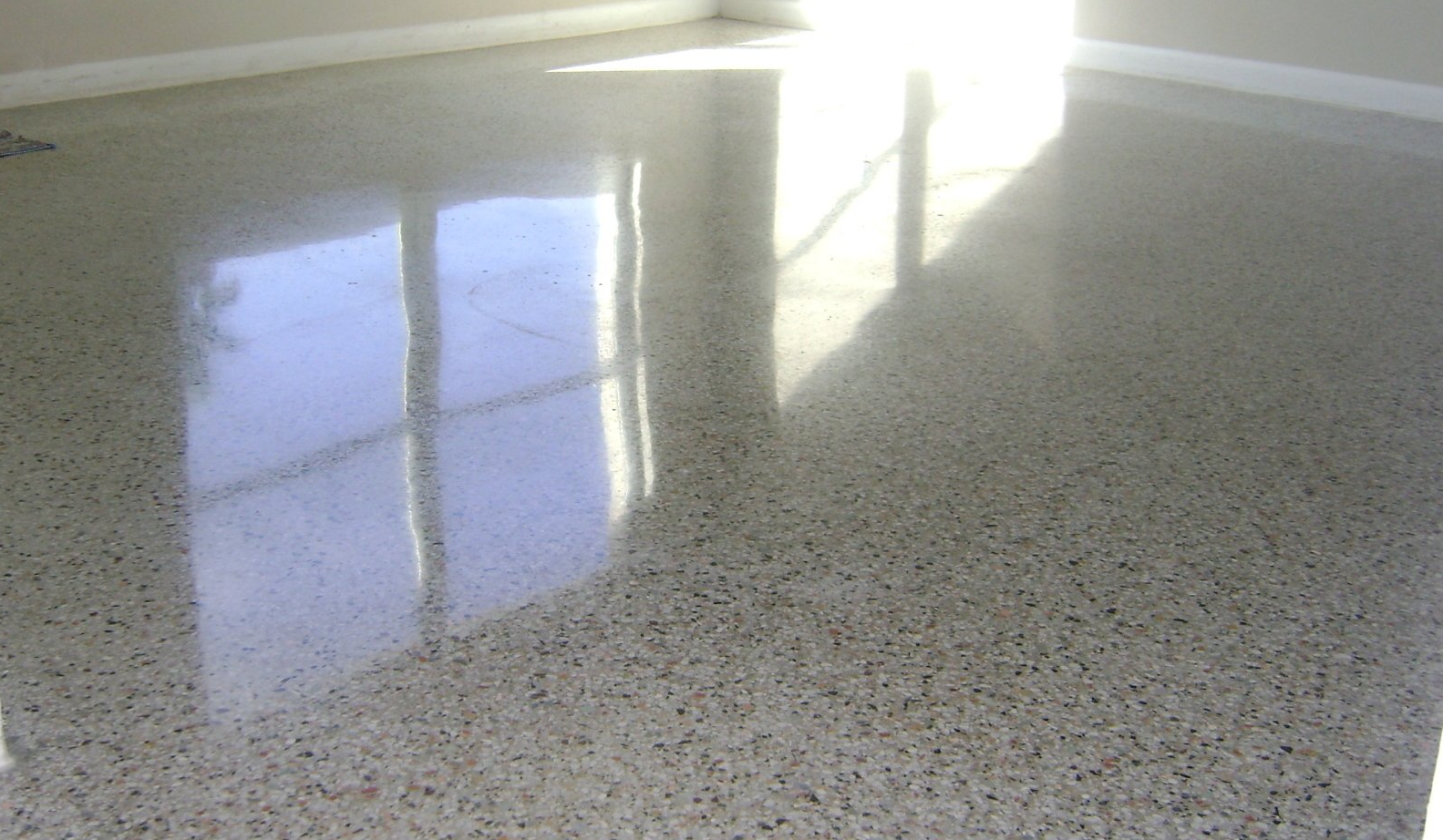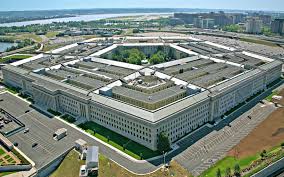The Impact of Miami Salt Air: How it Degrades Floor Coatings
Imagine this: 78% of outdoor surfaces in South Florida lose their original color within just two years. Even durable finishes can’t escape the invisible forces at work here. Coastal environments create a brutal combination of salty breezes, relentless sun, and humidity that eats away at protective layers.
Concrete floors in these areas face unique challenges. Salt particles cling to surfaces, triggering chemical reactions that weaken coatings over time. High humidity speeds up this process, leaving even premium materials vulnerable to peeling and fading.
This isn’t just about looks. Damaged coatings expose floors to deeper structural harm, leading to costly repairs. Property owners often invest in high-quality solutions, only to see them deteriorate faster than expected. Understanding these environmental factors is the first step toward effective protection.
Key Takeaways
- 78% of outdoor surfaces in South Florida show visible wear within two years
- Salt particles accelerate coating breakdown through chemical reactions
- Humidity and UV exposure multiply degradation effects
- Damage extends beyond appearance to structural risks
- Premium materials still struggle in tropical coastal climates
- Preventive strategies require understanding local conditions
Understanding Miami’s Coastal Challenges
Coastal regions present a unique set of environmental hurdles that test material durability. In Miami’s coastal environment, three factors dominate: solar intensity, airborne salinity, and persistent moisture. These elements interact daily, creating compounding effects that overwhelm standard protective solutions.
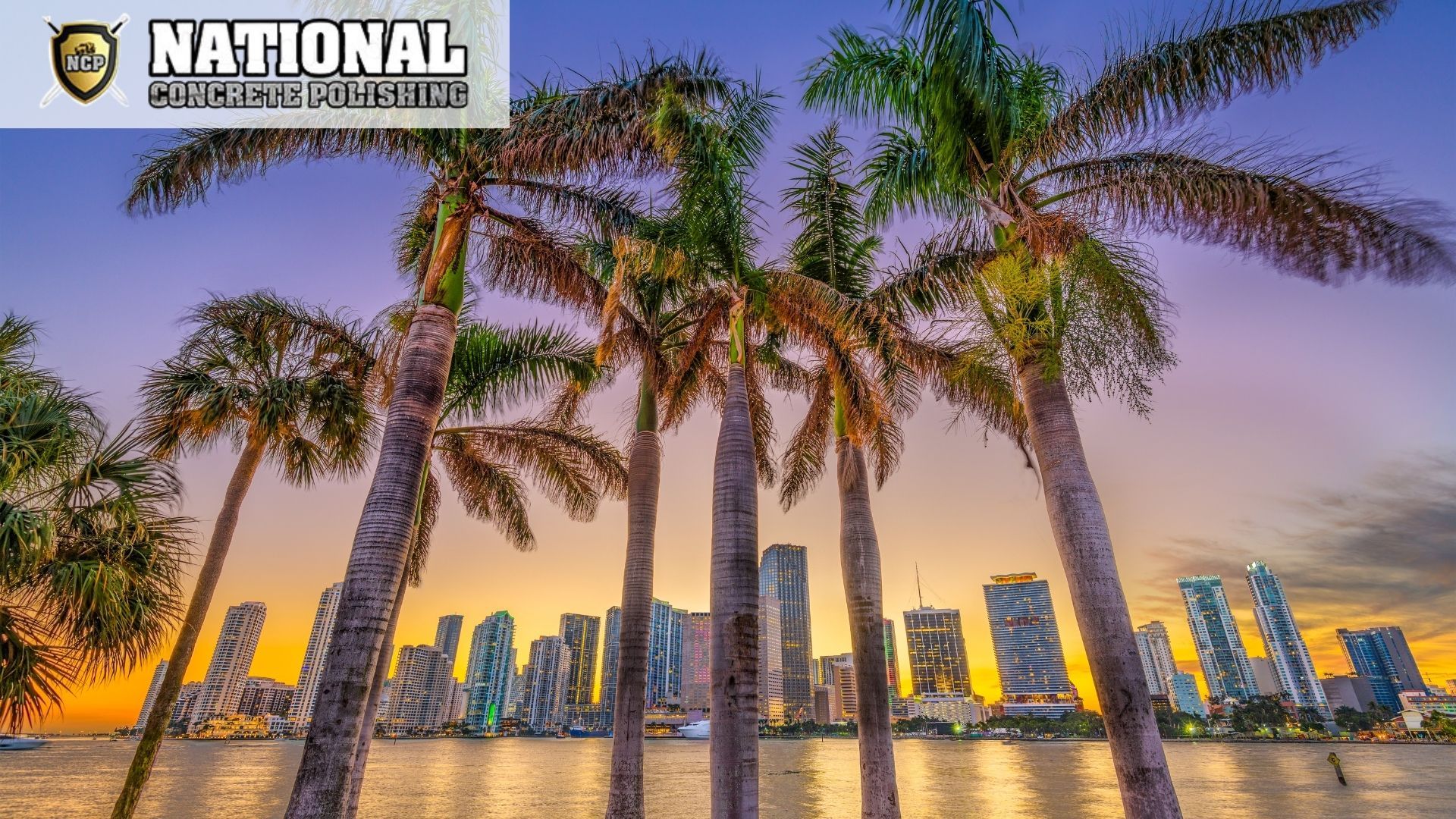
Solar Radiation and Airborne Particles
Intense sunlight delivers UV radiation equivalent to 4,500 kJ/m² annually in South Florida. This energy breaks down polymer chains in coatings, causing brittleness. Meanwhile, ocean winds deposit microscopic saline crystals that react with surface materials.
| Environmental Factor | Primary Effect | Impact on Concrete |
|---|---|---|
| UV Radiation | Breaks down polymers | Fading, surface cracks |
| High Humidity | Slows curing process | Moisture blisters |
| Thermal Shifts | Expansion/contraction | Coating separation |
Moisture Saturation Dynamics
Relative humidity averages 75% year-round, peaking at 90% during summer months. This moisture penetrates porous concrete substrates during installation. Trapped water vapor creates pressure differentials that lift coatings from beneath.
Daily temperature swings of 20°F+ stress material bonds. Cooled indoor spaces clash with outdoor heat, causing repeated expansion and contraction cycles. These conditions demand specialized formulations to maintain structural integrity.
How Miami Salt Air Degrades Floor Coatings
Sunlight and sea breeze work together to dismantle protective layers faster than most realize. Coastal elements create a destructive tag team – UV rays break down chemical bonds while airborne particles grind away finishes. This dual assault explains why 70% of color changes occur in untreated surfaces.
Microscopic salt crystals act like sandpaper when mixed with city pollution. These gritty combinations wear down finishes through constant friction. Every ocean gust deposits fresh abrasive material onto vulnerable surfaces.
Penetration goes deeper than visible scratches. Salt particles seep into tiny pores within concrete substrates. Once inside, they react with moisture to form corrosive compounds. This internal attack weakens bonds between coatings and surfaces.
Daily moisture cycles amplify the problem. Salt deposits absorb humidity at night, then release it during daytime heat. This repeated swelling and shrinking stresses protective materials beyond their limits. Even robust coatings crack under this relentless pressure.
Unprotected installations show visible wear within two years instead of the typical five. The combination of environmental factors accelerates structural damage while eroding visual appeal. Recognizing these processes helps choose effective defense strategies.
The Role of Temperature and Humidity in Coating Degradation
The science behind coating failure starts with climate factors most property owners never see. Tropical conditions create a double threat – heat speeds up chemical reactions while humidity disrupts bonding processes. These invisible forces determine whether protective layers last years or crumble prematurely.
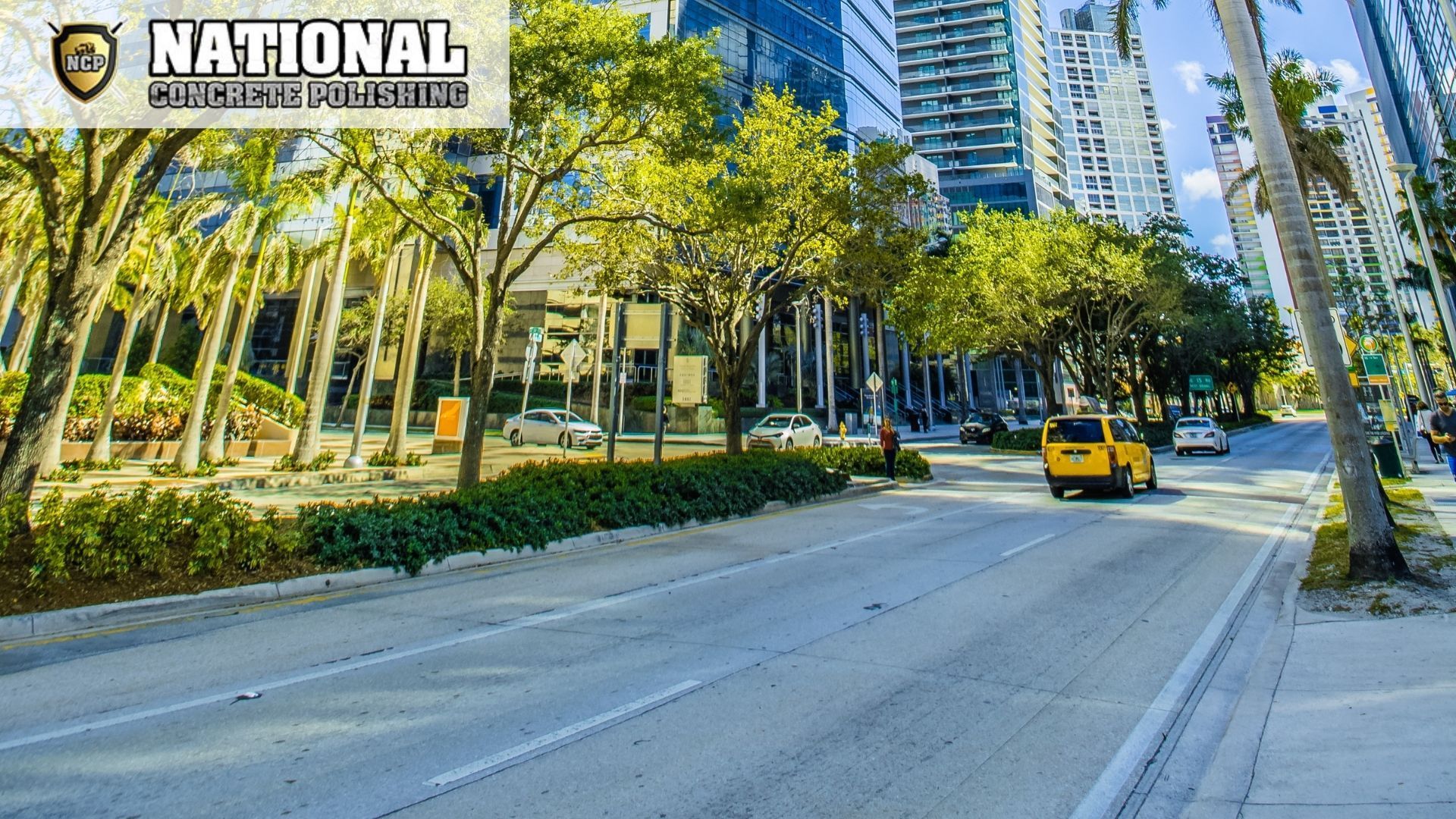
Influence on Chemical Bonds
High humidity above 85% acts like a chemical speed bump. Moisture in the air slows molecular bonding during curing, potentially doubling drying times. When temperatures spike past 90°F, materials harden before forming strong connections. This creates weak spots that fail under pressure.
Effects on Curing and Application
Professional installers face unique challenges during rainy seasons. Trapped moisture beneath layers expands during temperature swings, causing bubbles and peeling. Many teams adjust schedules to avoid midday heat or sudden storms.
| Condition | Risk | Solution |
|---|---|---|
| Humidity >85% | Incomplete curing | Dehumidifiers |
| Temp >90°F | Brittle surfaces | Morning application |
| Sudden rain | Water contamination | Weather monitoring |
Your choice of application timing matters more than you think. Proper environmental control during installation prevents 60% of early failures according to industry data. Letting materials acclimate to local conditions ensures lasting protection against invisible threats.
Effects of Salt and UV Exposure on Concrete Surfaces
Beneath the surface, unseen forces wage a daily battle against exterior finishes. Sunlight and saline particles collaborate to dismantle protective barriers through chemical warfare and physical abrasion. This dual assault creates vulnerabilities that standard epoxy coatings struggle to contain.
UV-Induced Degradation
Ultraviolet radiation fractures molecular bonds in epoxy materials. Over time, this weakens the structural integrity of protective layers. The process accelerates when heat amplifies UV energy, causing brittleness and hairline cracks across surfaces.
Salt Air Corrosion
Microscopic saline crystals infiltrate porous concrete through tiny imperfections. These particles react with moisture to form corrosive compounds that eat away at underlying materials. Each ocean breeze deposits fresh abrasive agents that grind down finishes.
| Environmental Factor | Effect on Epoxy | Time to Failure |
|---|---|---|
| UV Radiation | Discolors surfaces | 6-12 months |
| Salt Accumulation | Erodes edges | 8-14 months |
| Humidity Cycles | Lifts coatings | 10-18 months |
Repeated exposure cycles amplify damage exponentially. Untreated surfaces lose 40% of their protective capacity within two years. Specialized formulations with UV inhibitors and anti-corrosive additives prove essential for lasting protection.
Common Installation Pitfalls and Maintenance Issues
Three out of four coating failures start before the first layer gets applied. Skipped preparation steps create invisible weaknesses that environmental forces exploit. Surface cleaning errors and improper substrate treatment account for most early breakdowns in coastal zones.
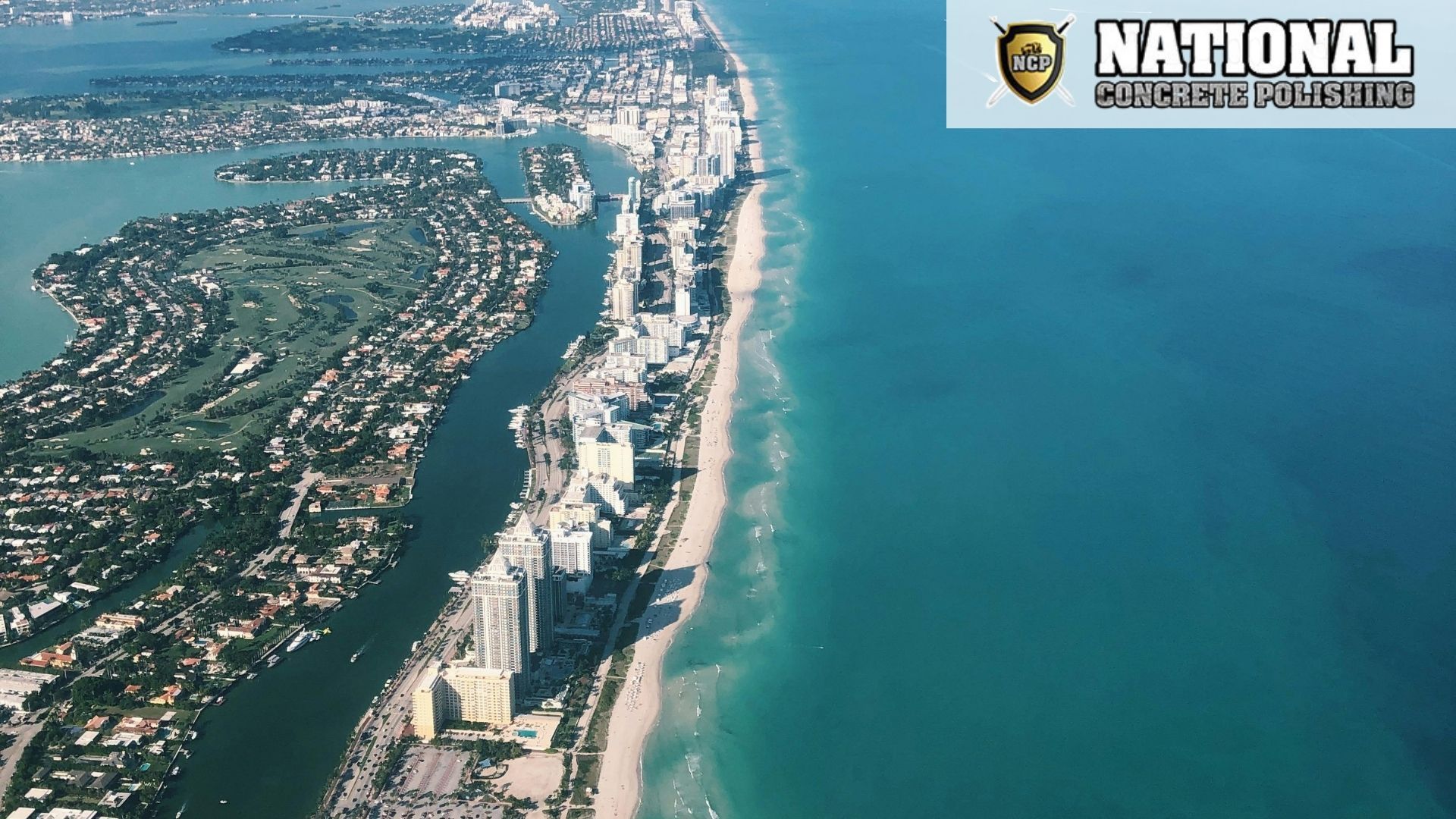
Rushed timelines during application often lead to compromised results. Curing schedules cut short by 24-48 hours prevent proper bonding. Temperature-sensitive materials applied during peak heat hours develop brittle surfaces prone to cracking.
| Mistake | Result | Prevention |
|---|---|---|
| Inadequate cleaning | Poor adhesion | Mechanical grinding |
| Wrong primer | Peeling layers | Compatibility testing |
| Ignoring humidity | Moisture bubbles | Climate-controlled drying |
Store-bought kits frequently lack additives that combat moisture intrusion. Professional-grade blends contain hydrophobic agents and UV stabilizers missing in consumer products. These differences explain why DIY projects fail 3x faster in harsh climates.
Maintenance gaps accelerate existing issues. Annual inspections catch hairline cracks before they spread. Pressure washing without proper sealant reapplication strips protective layers, leaving floors vulnerable to salt infiltration.
Your maintenance routine determines long-term performance. Quarterly cleanings with pH-neutral solutions prevent abrasive buildup. Immediate repair of minor chips blocks moisture pathways that undermine entire coating systems.
Surface Preparation and Application Best Practices
Success starts long before the first layer gets applied. Professional teams follow precise steps to create surfaces ready for coastal challenges. These methods ensure coatings bond properly and withstand environmental pressures.
Cleaning and Grinding Techniques
Diamond grinders transform smooth concrete into textured surfaces that grip coatings. This process removes old sealants and opens pores for better adhesion. Industrial vacuums eliminate dust particles smaller than a grain of sand.
Specialized degreasers tackle oil stains that water alone can’t remove. Moisture meters check subsurface conditions before application. Readings above 4% require additional drying time to prevent bonding failures.
Optimal Curing Methods
Climate-controlled spaces maintain 50-70°F during curing. Vapor barriers block humidity from seeping into fresh layers. Professionals use epoxy blends with extended open times for tropical conditions.
| Technique | Professional Approach | DIY Risk |
|---|---|---|
| Surface Texturing | Diamond grinding | Uneven sanding |
| Debris Removal | HEPA filtration | Residual dust |
| Curing Control | Climate monitoring | Ambient humidity damage |
Your choice of application timing affects results. Morning hours avoid peak heat that causes premature hardening. Multiple thin layers outperform single thick applications in humid environments.
Innovative Coating Solutions for South Florida
New protective technologies redefine durability in coastal construction. Modern formulations combine multiple defense mechanisms against environmental stressors, delivering performance that outlasts conventional options.
Advanced UV Inhibitors and Sealants
Today’s epoxy products incorporate light-wave filtering technology. These specialized additives block 380-400nm wavelengths – the primary cause of yellowing and brittleness. Unlike older materials, they maintain color stability through years of intense sun exposure.
Polyaspartic systems revolutionize application timelines. Their rapid curing process minimizes vulnerability to humidity during installation. Key advantages include:
- Full hardening in 2-4 hours vs traditional 24-hour waits
- Superior flexibility during temperature fluctuations
- Built-in moisture resistance from initial application
Hybrid polyurethane-epoxy blends offer enhanced chemical resistance. These materials withstand salt crystallization pressures better than standard options. Their elastic properties allow natural substrate movement without cracking.
| Technology | Key Benefit | Performance Gain |
|---|---|---|
| Nano-sealants | Microscopic pore filling | 85% less salt penetration |
| Thermal stabilizers | Expansion control | 3x longer crack resistance |
| Anti-corrosive primers | pH balancing | 70% slower degradation |
Your flooring investments gain extended protection through these engineered solutions. While premium materials cost more upfront, their longevity reduces total lifecycle expenses in harsh coastal environments.
Expert Insights and Proven Techniques
Real-world examples prove that smart strategies withstand coastal challenges. Property owners across South Florida share valuable lessons through their experiences with protective solutions. Their stories reveal patterns of success worth noting.
One garage owner maintained pristine surfaces through four storm seasons. Weekly cleaning with pH-neutral solutions removed abrasive particles. Annual inspections by specialists identified micro-cracks before they spread.
Real-World Case Studies
- Residential Garage: Carla Rodriguez combined gentle mopping with sealant touch-ups every 10 months. Her concrete surfaces retained 95% gloss after three years
- Cost Avoidance: James Kim saved $1,200 in repairs by opting for professional installation. Experts used moisture-resistant primers his DIY kit lacked
Installation teams now deploy live sensors to monitor vapor levels during application. Lead technician Marco Suarez adjusts formulas when humidity spikes above 80%. This method prevents bubbling caused by trapped moisture.
| Approach | DIY Results | Professional Methods |
|---|---|---|
| Surface Prep | 67% adhesion rate | 98% bond strength |
| Humidity Control | No monitoring | Real-time adjustments |
| Longevity | 14-month average | 5+ years |
These cases show why expert methods deliver superior outcomes. Proper techniques address hidden factors like vapor pressure and thermal shifts. Your choices today determine how well surfaces endure tomorrow’s challenges.
National Concrete Polishing’s Approach to Coastal Durability
Specialized strategies make the difference between temporary fixes and lasting protection. National Concrete Polishing combines climate-specific formulas with precision application methods developed through 15 years of South Florida experience. Their technicians monitor vapor levels and temperature shifts during installations, adjusting resin ratios in real time for optimal bonding.
- Custom epoxy blends with UV-blocking additives
- Advanced vapor control during substrate preparation
- Post-installation quality checks using infrared scanners
Their process begins with diamond grinding to open concrete pores, followed by industrial-grade dehumidifiers that reduce moisture content below 3%. Installers apply anti-corrosive primers using spray systems that maintain consistent thickness across surfaces. This method prevents weak spots where degradation typically starts.
| Factor | Standard Practice | NCP Method |
|---|---|---|
| Humidity Control | Basic ventilation | Climate-controlled zones |
| Curing Time | 24-48 hours | 72-hour monitored process |
| UV Protection | Single-layer sealant | Dual-phase inhibitors |
Contact Information
For professional assessment of your concrete surfaces, contact National Concrete Polishing at +1 877-661-7562. Their team serves residential and commercial clients across South Florida, offering solutions tailored to coastal environmental stressors.
Conclusion
Protecting surfaces in coastal zones demands more than standard solutions. High humidity and temperature swings create harsh conditions that break down materials faster than inland environments. Without proper defense, moisture seeps into concrete, weakening bonds and accelerating wear.
Regular maintenance extends coating life significantly. Use pH-neutral cleaners to avoid chemical reactions that damage surfaces. Inspect for cracks every six months, especially after extreme weather events.
Choosing expert methods ensures lasting results. Professionals assess vapor levels and substrate conditions before application. Their techniques account for local climate factors, using materials designed for maximum resistance. This approach protects your property’s value and structural integrity for years.
FAQ
Why do coastal environments like Miami cause faster wear on concrete finishes?
Coastal areas have high humidity, salt content, and UV exposure. These factors break down chemical bonds in coatings over time, leading to peeling, discoloration, or bubbling. Moisture from salt air can also seep into porous surfaces, weakening adhesion.
Can epoxy coatings withstand extreme heat and humidity during application?
Epoxy requires precise temperature and humidity control to cure properly. In hot, humid conditions, it may set too quickly or trap moisture, creating weak spots. Professionals use climate-controlled methods or modified formulas to ensure a durable bond.
How does salt air corrode decorative concrete surfaces?
Salt particles settle on surfaces and absorb moisture, creating a corrosive solution. This accelerates rust in embedded metals, erodes sealants, and causes pitting. Regular cleaning with pH-neutral products helps remove residue before damage occurs.
What preparation steps prevent coating failures in high-moisture areas?
Grinding to open pores, vapor testing, and applying moisture-blocking primers are critical. Skipping these steps risks trapped humidity pushing coatings upward, causing delamination. Proper surface profiling ensures materials adhere tightly.
Are there UV-resistant coatings that handle Florida’s intense sunlight?
Polyaspartic and polyurethane-based products with advanced UV inhibitors resist yellowing and fading. Brands like ArmorSeal or Legacy Industrial offer formulations specifically tested for prolonged sun exposure in coastal regions.
How often should sealed concrete be maintained in salt-heavy zones?
Inspect surfaces every 6–8 months for wear. Reapply sealants every 1–2 years, depending on foot traffic and weather exposure. Immediate stain removal with non-abrasive cleaners prevents permanent etching from salt or chemicals.
What makes National Concrete Polishing’s approach suited for South Florida?
Their team uses industrial-grade densifiers, vapor mitigation systems, and salt-neutralizing sealers. With projects from Miami to Palm Beach, they tailor solutions for humidity, heat, and salt air. Call +1 877-661-7562 for a coastal durability assessment.


